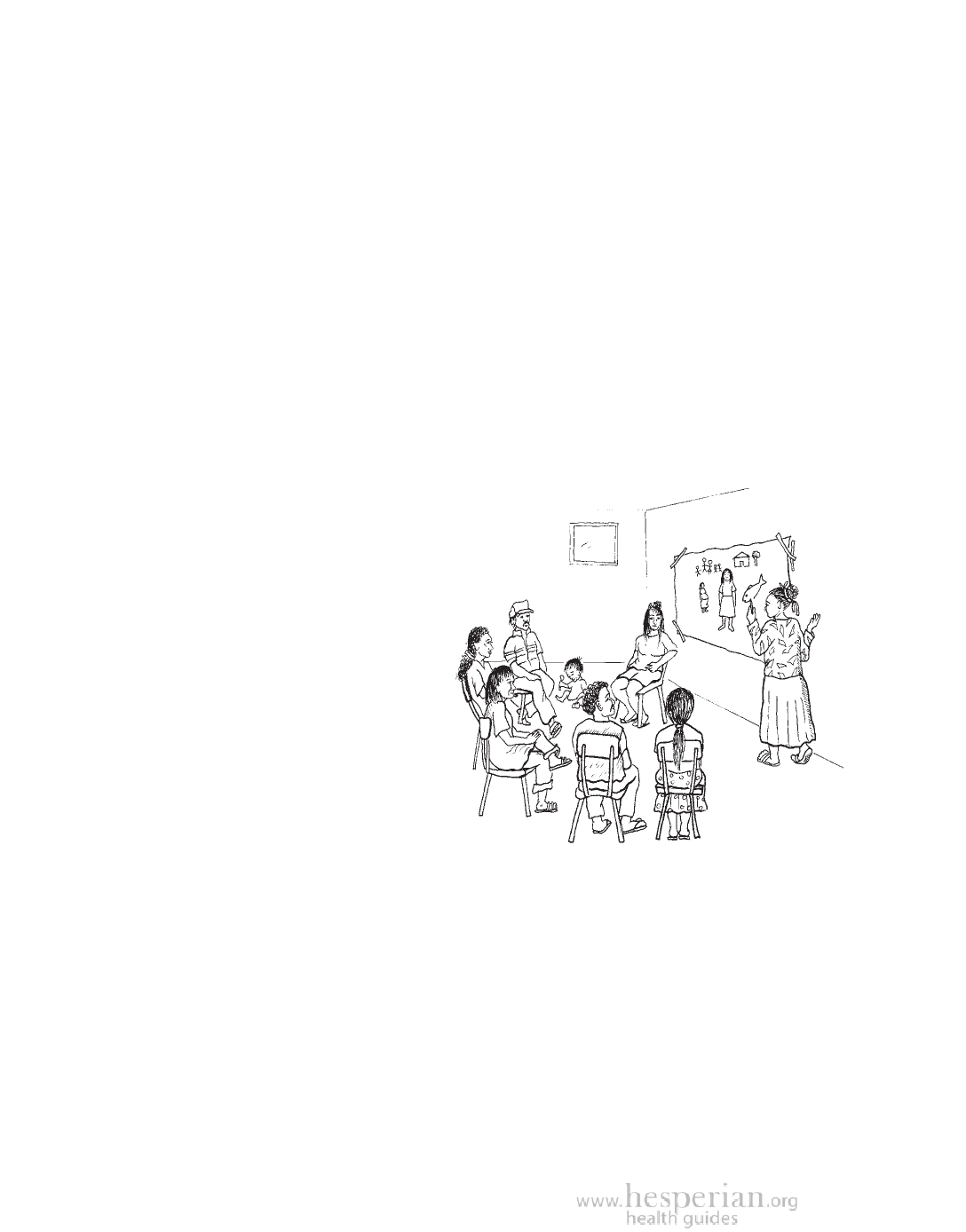
450 Preventing and Reducing Harm from Toxics
Avoiding and Controlling Toxics
Preventing exposure to toxic pollution begins with the precautionary principle
(see page 32), which is thinking about the harm an action or product might
cause before doing it or using it. While we can make personal and community
decisions to avoid harm as much as possible, we also need to demand that
business owners and our governments put the long-term health of all people,
both rich and poor, and the environment before corporate and personal profit.
Many things we do every day affect how much we and others are exposed
to toxics. There are some everyday exposures that we cannot control through
personal decisions. But there are some exposures we can limit by making
choices that help keep ourselves, our families, and our communities safer and
healthier. Personal choices will often lead to community action, since we soon
see how impossible it is for any one person to control the harm we are facing
from toxics by ourselves.
To stop harm caused by toxics, we need to:
Educate ourselves. Learn and teach others
what is toxic and how toxic substances
cause harm. Read this book, talk with
people, and learn from organizations
providing information about toxics.
Schools, health centers, workplaces,
community centers, and our homes
can all be places to educate the
community about toxics and health.
(For a community discussion activity
on toxics, see page 468.)
Find sources of toxic exposure in our
homes, water supply, neighborhoods,
workplaces, schools, and region. To
assess the impacts of toxic pollution on
your community, do a trash walk (see page 391), do a health survey (see page
500), or set up a group to monitor pollution (see page 456).
Avoid whatever toxics you can. Stay away from known sources of toxics.
Reduce use of toxic products by finding safer alternatives for cleaning products
(see page 373) and using nontoxic forms of pest control (see pages 296 to 301,
and 366). Control toxics by planning a community solid waste program (see
page 396), protecting water sources (see page 75), and by working to move
toxic businesses or activities away from where food is grown and public areas
like parks. Make sure toxic materials are not stored, used, or released in or
close to where people live. Work to make sure that especially children, the
elderly, the sick, and pregnant or nursing women are not exposed to toxics.
A Community Guide to Environmental Health 2012